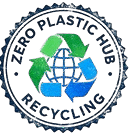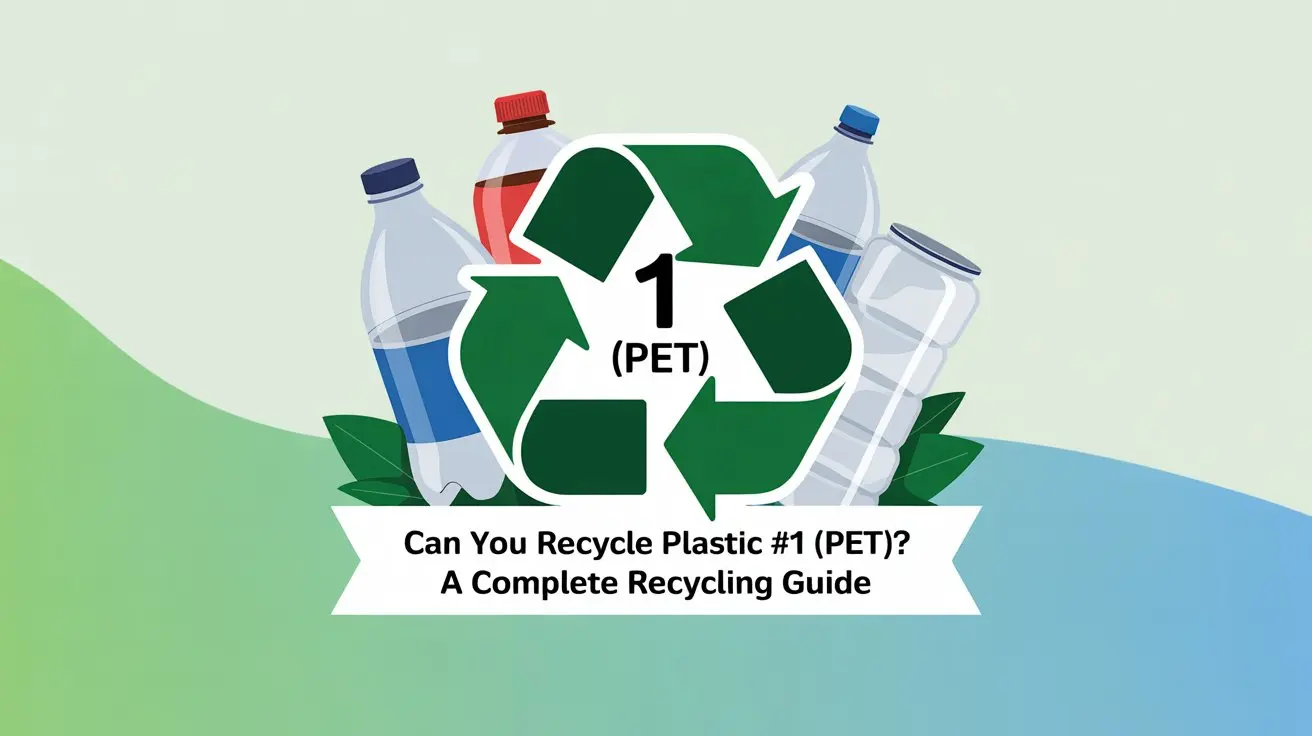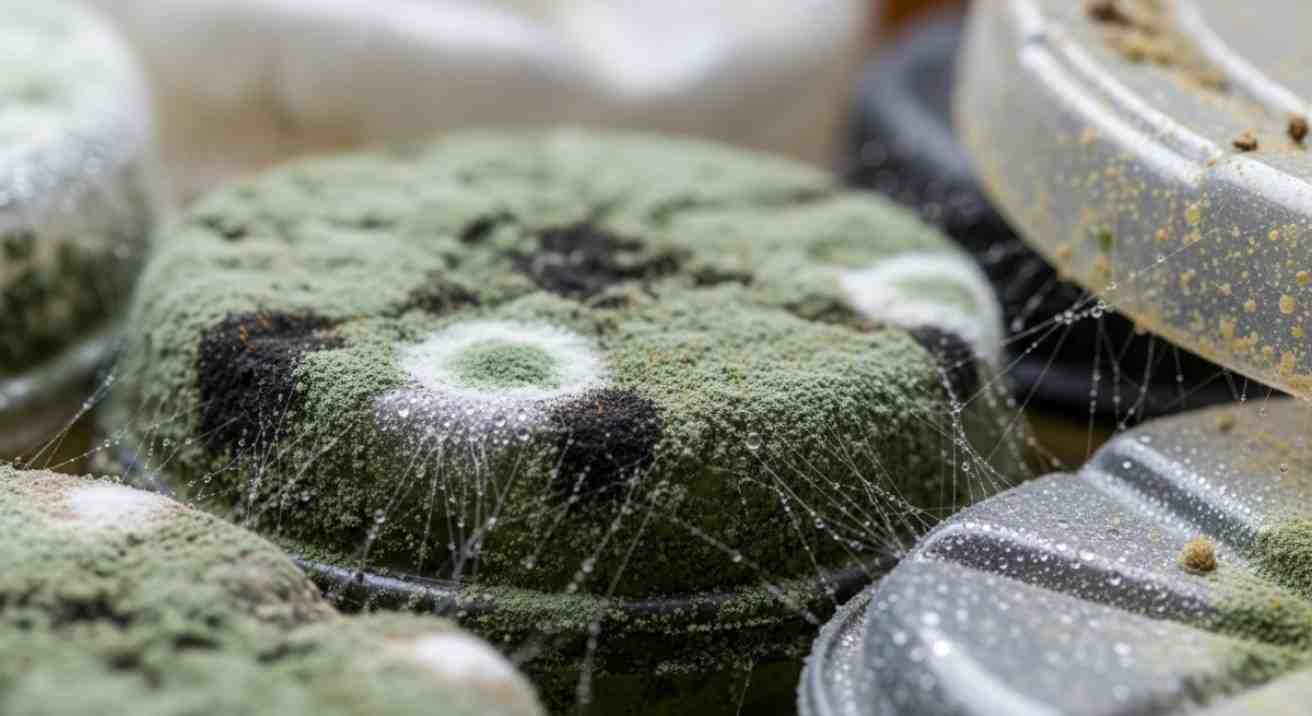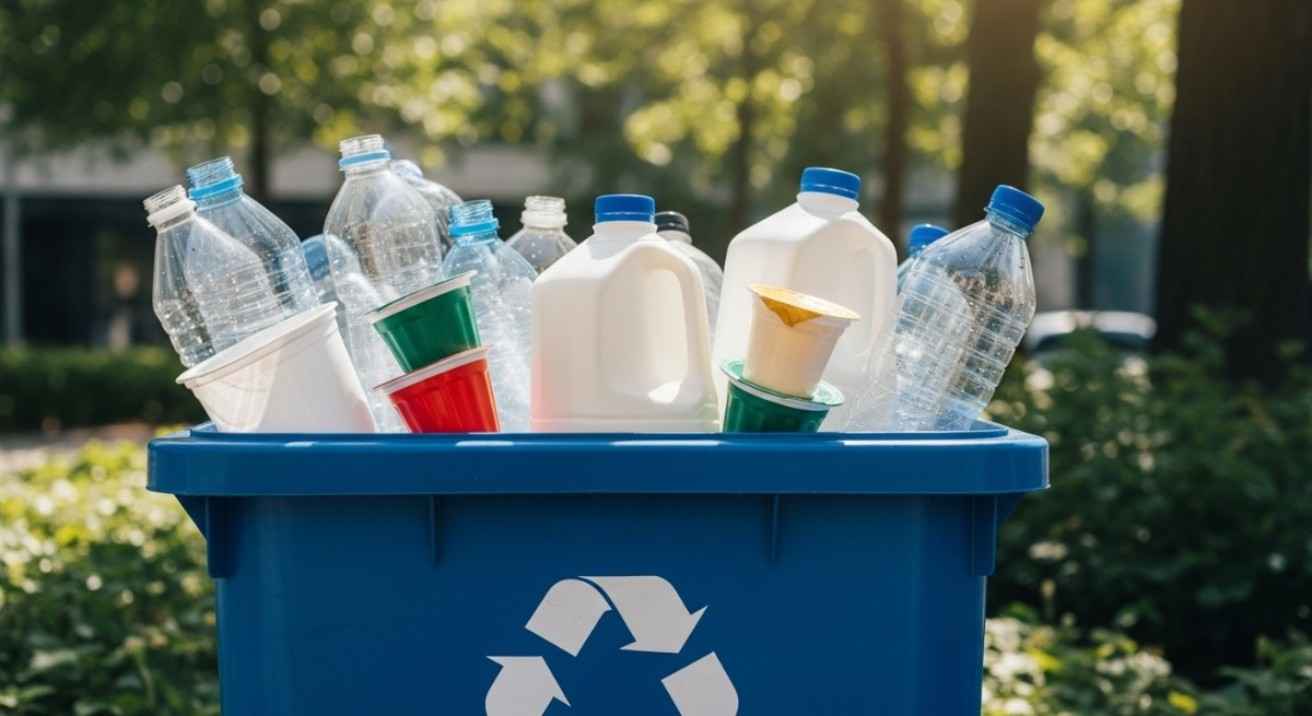Yes, Can You Recycle Plastic #1 (PET)? This best guide explains pros, cons, and safe recycling tips to reduce waste and protect the environment.
Can You Recycle Plastic #1 (PET)?
Can You Recycle Plastic #1 (PET)? The answer is a confident yes—PET is the most widely accepted, eco-friendly, and high-value plastic. Recycling PET reduces waste, saves resources, and creates a closed-loop system where plastic is reborn instead of polluting landfills. But correct recycling is critical—one mistake like skipping rinsing or ignoring local rules can send it straight to the trash. This guide shows how to recycle PET safely, effectively, and sustainably.
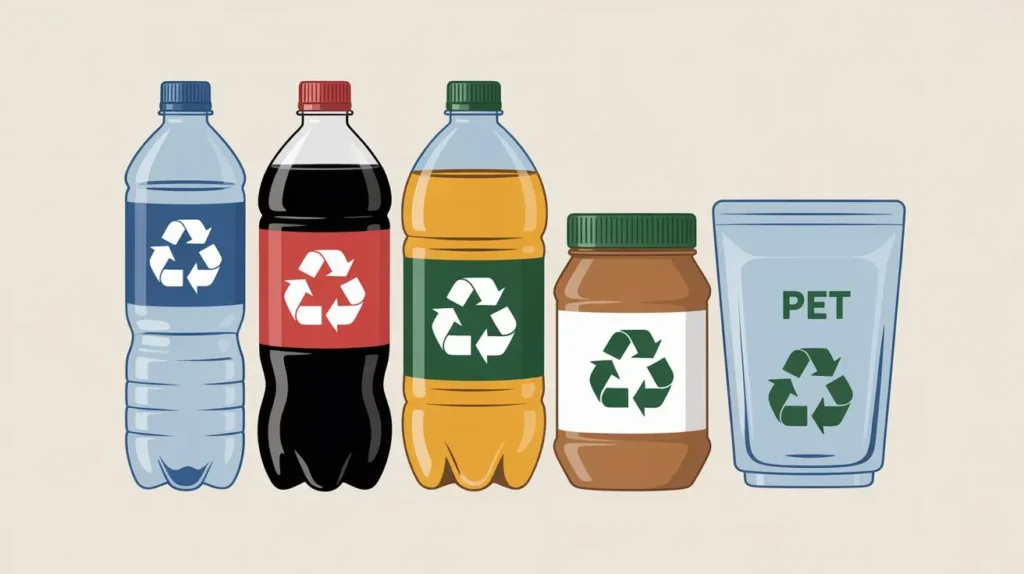
What Is Plastic #1 (PET)?
Can You Recycle Plastic #1 (PET)? Yes—PET (Polyethylene Terephthalate) is a lightweight, transparent plastic widely used for food and beverage packaging. It carries the resin identification code #1 inside the recycling triangle, usually printed on bottles and containers.
PET is valued because it resists moisture, blocks bacteria, and keeps products safe and fresh. Everyday examples include water bottles, soda bottles, cooking oil containers, peanut butter jars, and clear clamshell packaging.
Its durability, safety, and high recyclability make PET one of the most trusted plastics worldwide. However, whether PET #1 is accepted depends on your local curbside recycling rules, which is why many consumers still ask: Can you recycle plastic #1 everywhere?
Limitations & Recycling Rates (Table Format)
| Factor | Impact on Recycling PET (#1) |
|---|---|
| Global Recycling Rate | Only about 20% of plastic #1 is recycled worldwide. |
| Contamination | Food residue or liquids in bottles/jars reduce recyclability. |
| Item Confusion | Many people don’t know if PET clamshells or trays are accepted. |
| Colored/Multi-layer PET | Lowers the quality of recycled material, making it harder to reuse. |
| Facility Limitations | Some regions lack capacity to process all PET items. |
What Happens to PET After Recycling?
Limitations → PET can’t be recycled infinitely, which is why reduce and reuse are just as important as recycling.
Collection & Sorting → PET containers are gathered and separated from other plastics.
Washing → Labels, food residue, and contaminants are removed.
Shredding → PET is broken down into small flakes.
Melting & Pelletizing → Flakes are melted and turned into pellets, known as rPET.
New Products → rPET is used to make:
New beverage bottles
Polyester clothing and fabrics
Carpets and strapping
Food and non-food packaging
Downcycling → Some PET is turned into lower-value products that may not be recyclable again.
Can You Recycle 1 Plastic Safely?
Yes, plastic #1 is recyclable, but only when handled correctly. Most programs accept PET bottles and containers if they are empty, rinsed, and dry. Labels can usually remain, but caps and lids may require removal depending on local rules.
The reason PET is valuable lies in its versatility: recycled PET can be turned into new bottles, polyester fibers for clothing, carpets, and insulation. However, improper disposal leads to contamination in plastic recycling, which lowers material quality.
So, when people ask, “can you recycle 1 plastic safely?”, the answer is yes—if preparation steps are followed. Clean, dry, and correctly sorted PET is far more likely to be processed into useful products rather than ending up in landfills.
What NOT to Mix with Plastic #1 (PET)
| ❌ Do Not Mix With | ⚠️ Why It’s a Problem |
|---|---|
| Plastic film & grocery bags | Tangle in sorting machines, cause jams. |
| Styrofoam | Not recyclable with PET, contaminates the stream. |
| Plastic straws | Too small to sort, usually end up as waste. |
| Multi-layer plastics | Difficult to separate, lower PET quality. |
| Caps & lids (some types) | Often made from different resins; check local rules. |
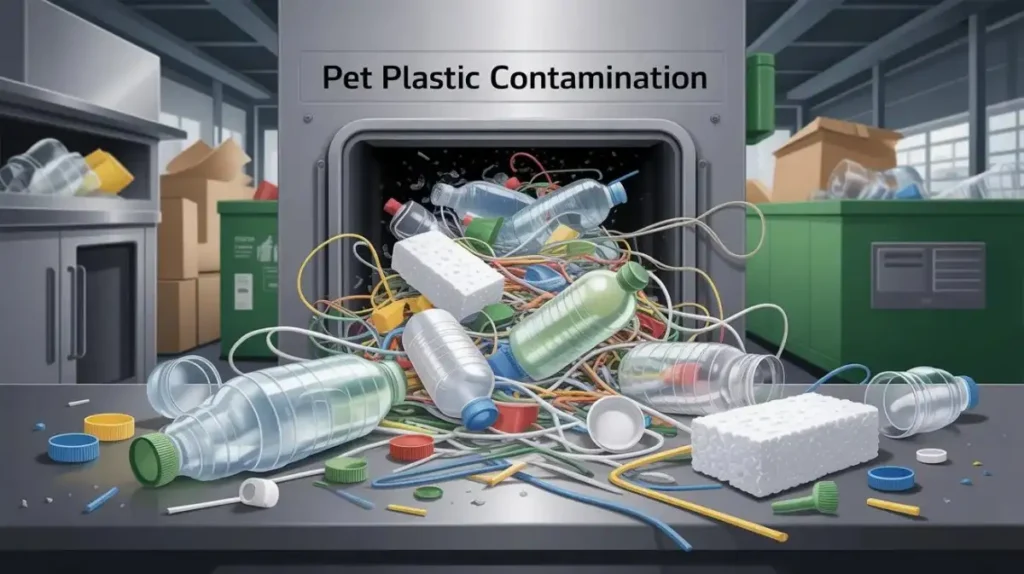
How to Recycle Plastic #1 Locally
Recycling PET correctly requires following local recycling guidelines. Many cities accept plastic #1 bottles and jars in curbside bins, while others rely on drop-off centers or store take-back programs.
Some communities do not accept clamshell packaging in household recycling, so specialized programs may be needed.
A helpful rule is: “If in doubt, leave it out.” Incorrect items can contaminate the recycling stream. Knowing where and how plastic #1 is recycled increases the chances of proper processing and helps reduce environmental waste.
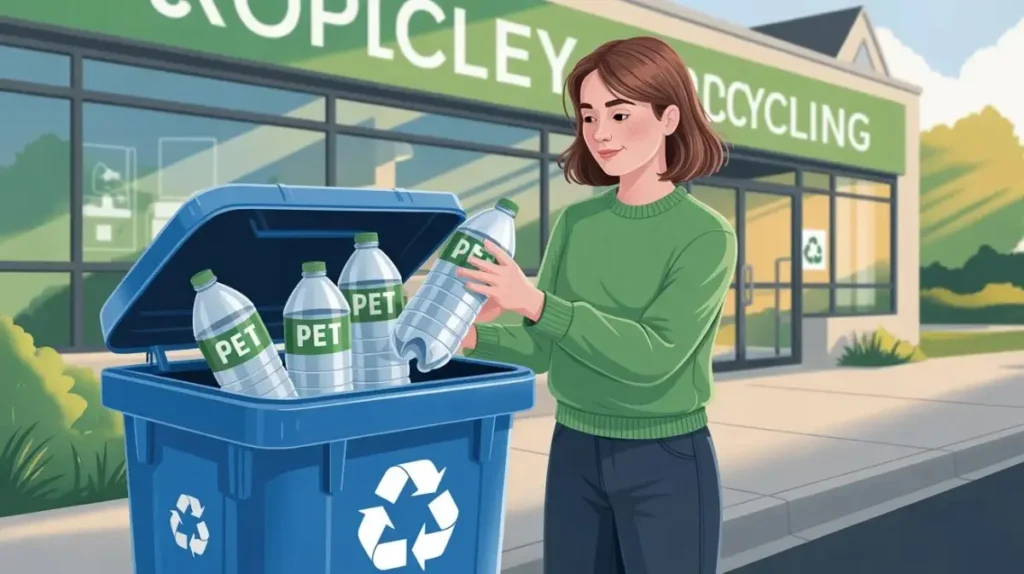
FAQs About Recycling Plastic #1
Q1: Can you recycle 1 plastic in curbside bins?
Yes, most programs accept plastic #1 bottles if rinsed and dry.
Q2: Can you recycle PET clamshells?
Not always. Many facilities reject them due to contamination.
Q3: Do labels need to be removed?
No, most recycling process PET facilities can handle them.
Q4: Can you recycle bottle caps with PET?
It varies. Some centers accept caps if tightly screwed on.
Q5: Why is PET widely recycled?
Because Polyethylene Terephthalate is lightweight, strong, and valuable in manufacturing.
Conclusion
So, can you recycle 1 plastic? Yes—you can. Plastic #1 (PET) is widely accepted and remains one of the easiest plastics to recycle when it is clean, empty, and dry. Most curbside recycling programs collect it, but results depend on proper preparation and local rules. By recycling PET correctly, you help turn bottles into valuable new products, cut down on waste, and support a cleaner, more sustainable environment.
